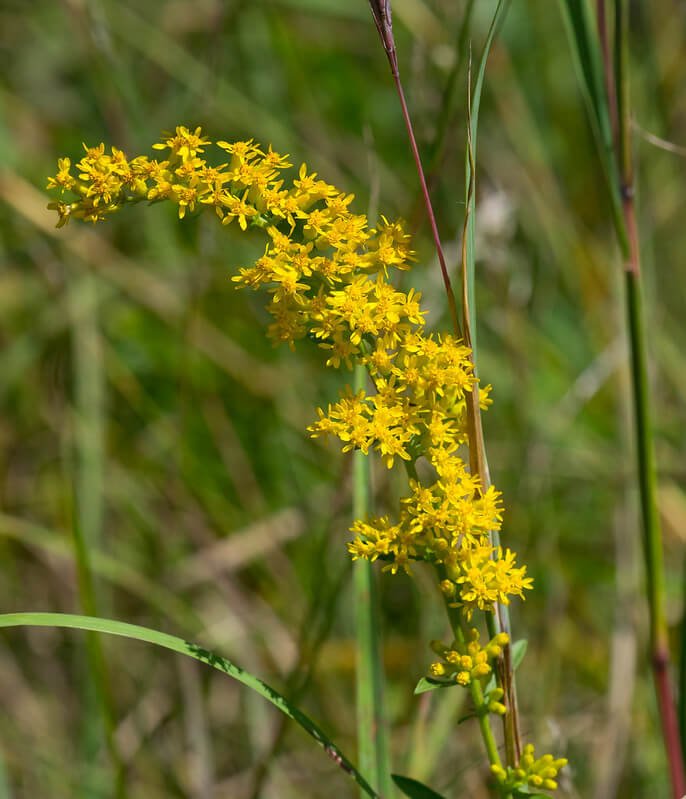Life Cycle: Perennial
Sun Exposure: Full, Partial
Soil Moisture: Medium, Medium-dry
Height: 2-3 feet
Plant Spacing: 1-1.5 feet
Bloom Time: June-September
Bloom Color: Purple
Advantages: Bird Favorite, Pollinator Favorite, Deer Resistant, Great Landscaping Plant
Host: 2 species of butterflies and moths use this as a caterpillar host plant in our area (nwf.org)
Specialist Bee: Beebalm Shortface (Dufourea monardae) (illinoiswildflower.info)






